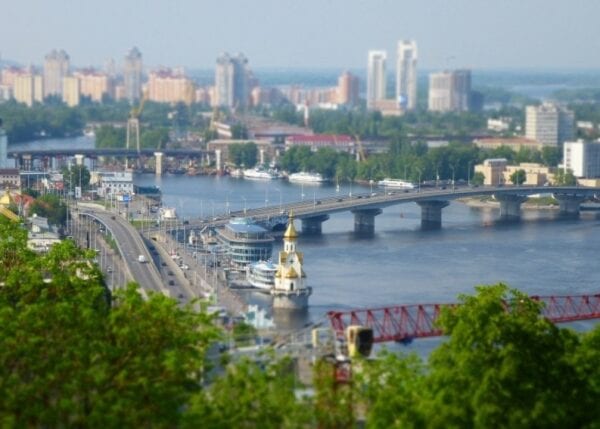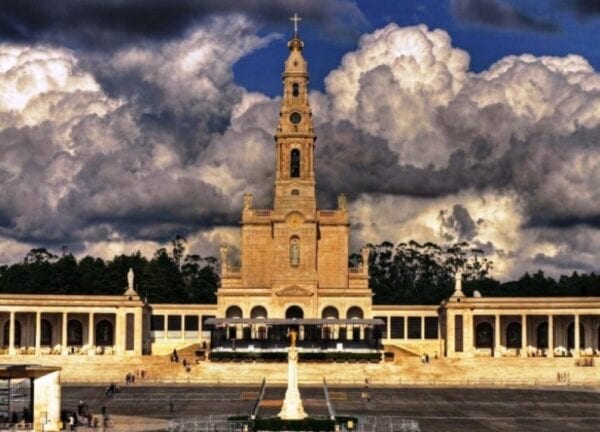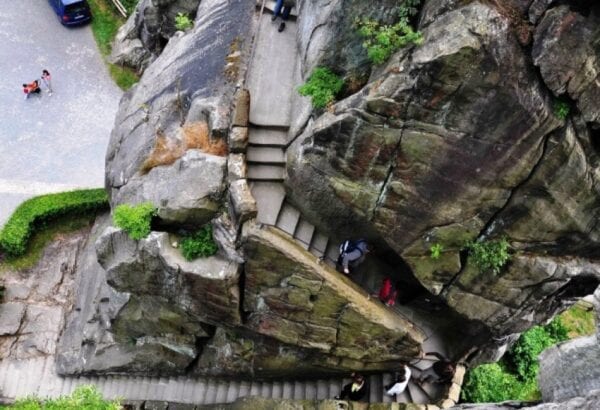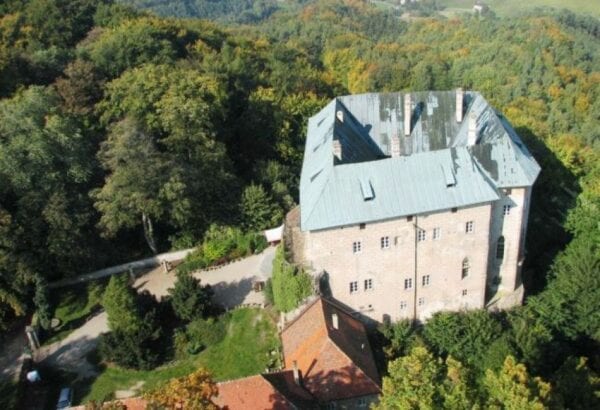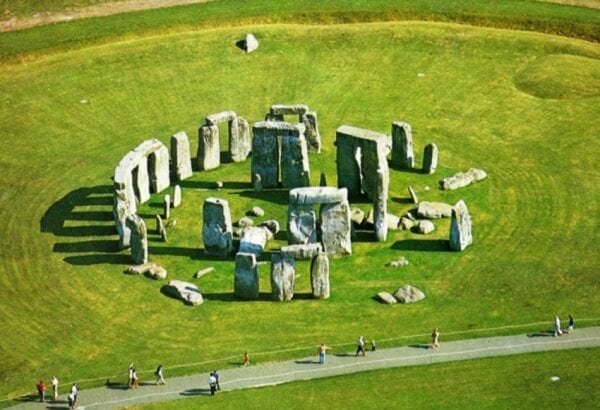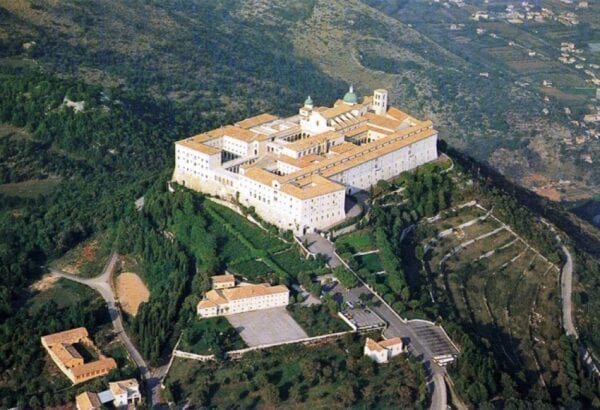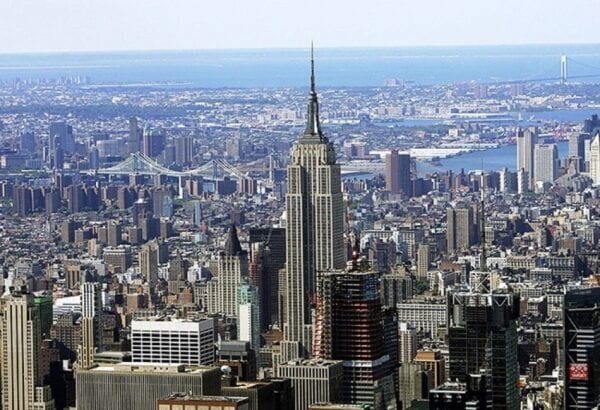 13, Апрель, 2016
13, Апрель, 2016The pretty village of La Roque-Gageac
The Aquitaine region is the most beautiful La Roque-Gageas village. It is located along the Dordogne River, eight kilometers to the south-west side of Sarlat-la-Canéda. A man appeared in these areas in the period of primitive society. The memory of themselves, they left on the surface of the stone with a carved image.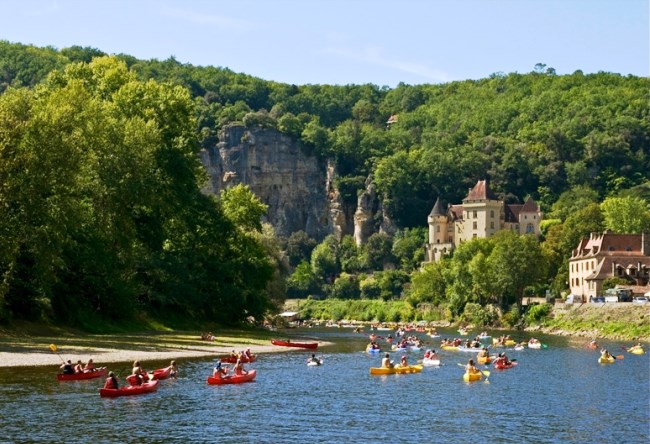
During the Middle Ages in La Roque Gageac were fifteen hundred inhabitants. At that time we lived in most of the fishermen. On the territory of the village is the family Tarde manor, which is surrounded by a circular tower. Here lived Giovanni Tarde, holding the position of botany, is a friend of Galileo. The manor was built in the twelfth century. When passed the Hundred Years War, the village was damaged, but the castle to the present time can defy time.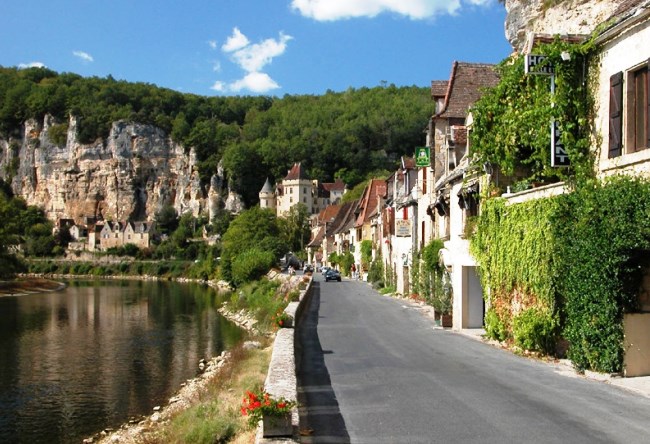
Seventeenth of January 1957 some fragment of rock fell on the La Roque-Gageas village, eliminating six houses with a barn, blocking the road. Three people were killed. Ninth in January 2010 another fragment of rock fell back on top of the houses. Third in June 2010 with the onset of tourist season, there was a threat of three hundred and twenty tons of falling rocks, which hung over the village. evacuation of people and pulled the network on the rock has been carried out.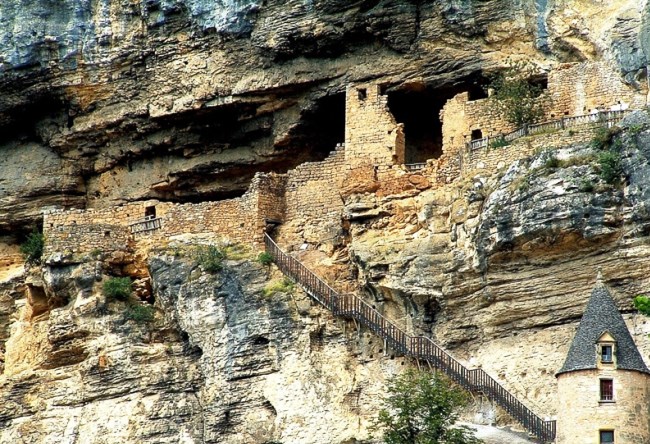
After working in La Roque-Gageac, which were made, again opened the tenth July 2010, and people were given the opportunity to return home. But the danger of falling rocks uniquely preserved. The village its microclimate conditions of the rock that shielded the province from the northern wind directions. This makes it possible to grow plants of the tropics on the street, giving greater special charm to these places.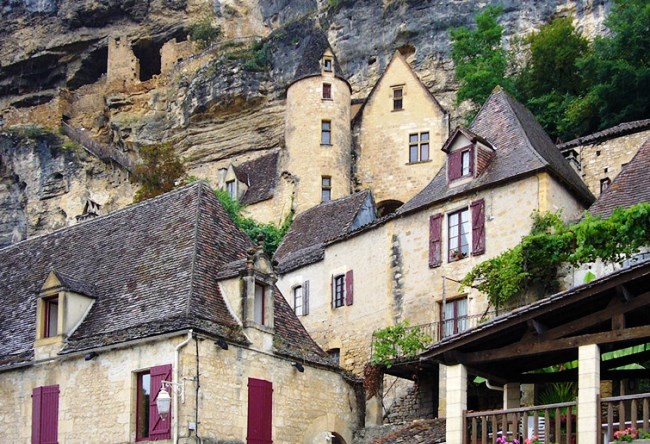
Chateau de la Malartrie in the completion of the La Roque-Gageas village on the west side is more impressive building. On the territory of the village it was one of the buildings of the lateness of the hour, which was built in the nineteenth century.

